Australia Day 2025 Teaching Resources
Explore teaching resources themed for Australia Day 2025 to help students learn what it means to be Australian. Explain the history of immigration, and explore the historical events and their impact on Aboriginal and Torres Strait Islander people and more.
Resources in this teacher-created collection include Australia Day activities, classroom displays and theme packs, cultural icons, informational posters and games to put this public holiday in cultural context. Use these resources to introduce and teach students the complex and multifaceted history of Australia Day.
Is this your first year teaching about Australia Day? Read on for tips from our teacher team to help you prepare.
What Is Australia Day? A Kid-Friendly Definition
If you will be talking to your class about Australia Day, it helps to have a way to explain what it is.
Australia Day is a public holiday that commemorates the day the first European settlement was established in Australia in 1788. For some people, Australia day is a day of national pride and is celebrated with barbecues and fireworks. It is a day when many local governments will hold citizenship ceremonies to welcome new immigrants to Australia.
Australia Day has a different meaning for other people in Australia, including many First Nations people. Because the holiday commemorates the arrival of the First Fleet, it also marks the date when their land was colonised and taken from them. Some First Nations people refer to Australia Day as Invasion Day or Survival Day.
When Is Australia Day 2025?
You're only just back to school when this public holiday occurs, so it can easily creep up on you. Mark your calendars — Australia Day is the 26th of January every year. In 2025, Australia Day will be a Sunday.
This date marks the arrival of the British First Fleet in Sydney Cove on 26 January 1788.
Why Is it Important to Teach First Nations Perspectives on Australia Day?
- Promote cultural understanding and acceptance: Teaching First Nations and multicultural perspectives on Australia Day helps students understand and appreciate the diversity of the Australian population and the unique cultures and perspectives of Indigenous Australians and other cultural groups.
- Encourages empathy and respect: By learning about the experiences and perspectives of Aboriginal and Torres Strait Islander peoples and other cultural groups, students can develop empathy and respect for others, which are essential qualities for building a harmonious society.
- Helps to acknowledge and address historical injustices: Teaching First Nations and multicultural perspectives on Australia Day can help students understand and acknowledge the historical injustices experienced by Aboriginal and Torres Strait Islander peoples and the ongoing impact of these injustices. This can help to create a sense of shared responsibility for addressing these issues and working towards a more just and equitable society.
- Plus Plan
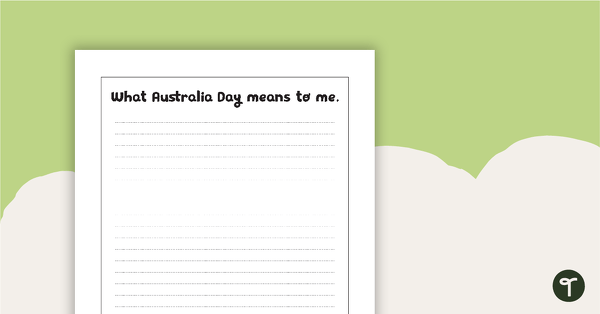
What Australia Day Means to Me Worksheet
A worksheet to use in the classroom when learning about Australia Day.
- Plus Plan
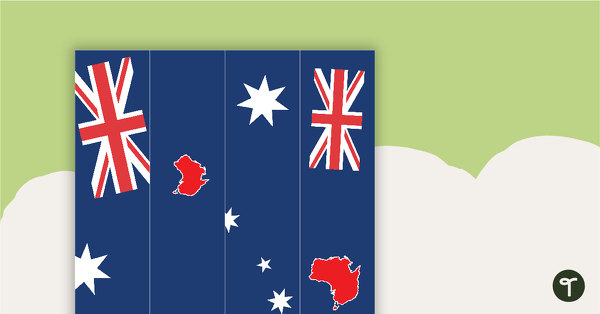
Australia - Border Trimmers
Brighten up your cork boards with these Australian Cork Board Borders.
- Plus Plan
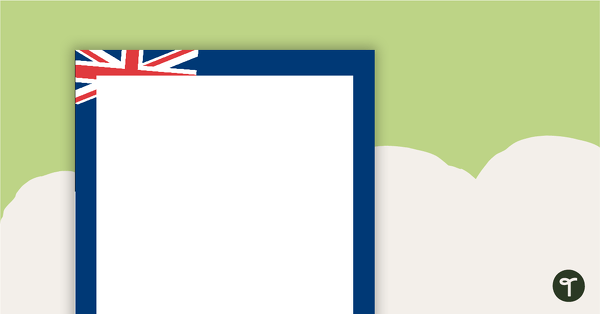
Australia Page Border
A page border with an Australian theme.
- Plus Plan
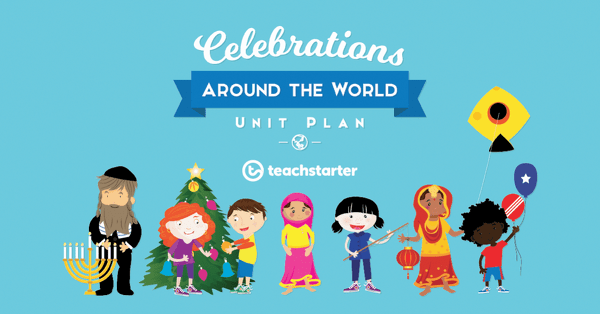
Celebrations Inquiry Task - Researching
A 60 minute lesson in which students will deepen understanding of celebrations around the world through inquiry-based research.
-
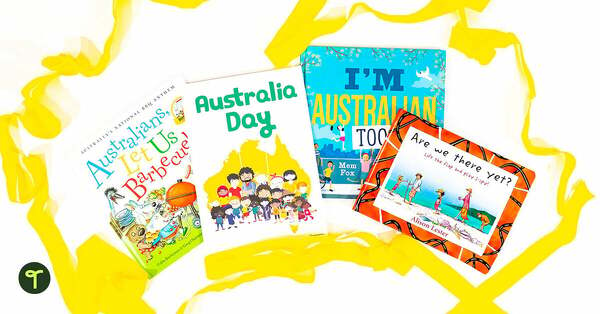
Celebrating Australia Day in a 21st Century Classroom: What Teachers Need to Know
Teaching about Australia Day in your classroom? Here are some thing to consider and topics to cover to ensure the conversations are inclusive.